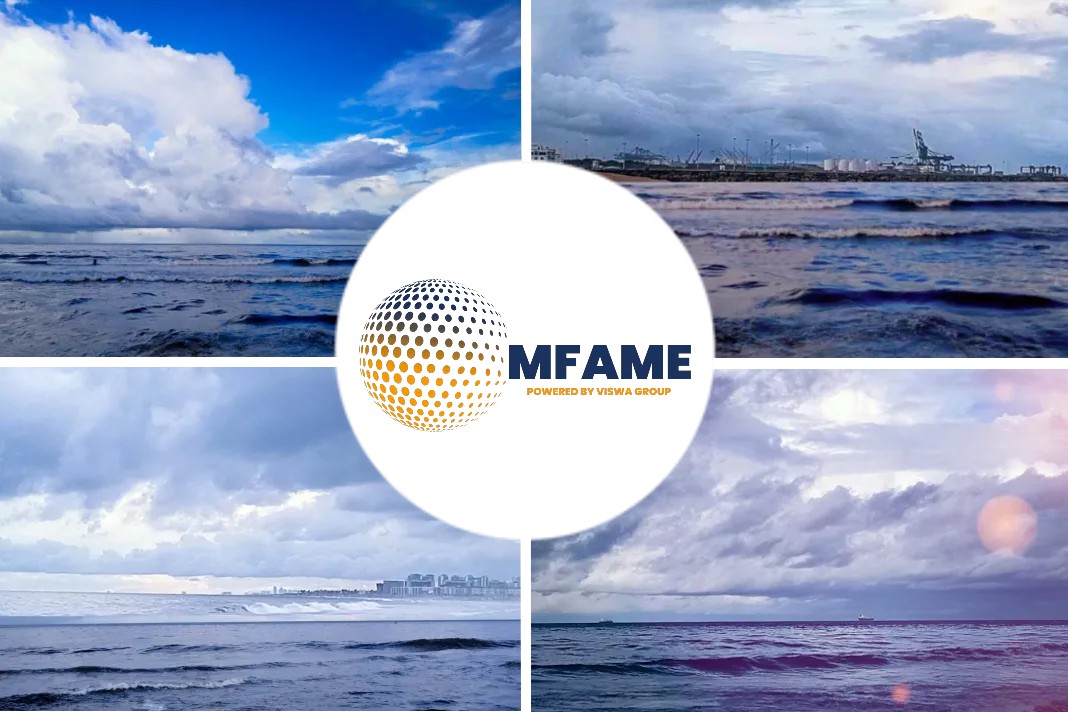The traditionally strong northern hemisphere winter period in the crude oil tankers market looks set to disappoint, reports S&P Global Platts.
“A growing divide between rising short-term fleet supply and limited cargo availability, restricted by OPEC+ production cuts and a slower demand recovery for crude, has impacted the sector negatively and is likely to continue throughout the seasonal winter period,” CEO Hugo De Stoop said in a quarterly results statement.
Weak markets to roll over to Q4
That aligned with wider market expectations. Weak tanker markets are likely to roll over to the fourth quarter amid limited signs of recovery in oil prices and structural oversupply weighing on spot markets, market sources said.
S&P Global Platts Analytics sees bloated global inventories and slowing demand recovery and expects OPEC+ to extend current production quotas into Q1 2021, rather than tapering by 1.9 million b/d in January as currently scheduled.
Spot rates in Q3 2020 showed marked increases year on year but the outlook for Q4 was weaker, despite it being traditionally the strongest quarter for the crude tanker market.
Spot rates
The average spot rate for VLCCS in Euronav’s Tankers International pool was $42,000/day in Q3, up from $25,250/day in Q3 2019, with the equivalent time charter rates being $48,750/day and $33,000/day, respectively.
Looking ahead, 50% of VLCCs have been fixed for Q4 2020 at around $22,500/day, Euronav said.
For Suezmaxes, the average spot rate in Q3 2020 was $23,500/day compared with $17,250/day in Q3 2019 while the equivalent time charter rates were $29,500/day and $30,000/day, respectively, the company reported.
Emission goals affect financing
During Q3, Euronav converted two existing credit facilities, a $244 million term loan and $469 million revolving credit facility, into a single $713 million sustainable linked loan with specific targets focusing on emission reduction.
The facility will contribute to the acquisition of new vessels.
“This is the first major financing of our fleet we have with specific emission requirements. The loan includes terms with clear targets to reduce our greenhouse gas emissions over its entire duration. These targets start immediately with compliance over the first 12 months being rewarded with a reduced interest coupon of five basis points,” Euronav said.
Further Restrictions
Having navigated the International Maritime Organization’s lower 0.5% sulfur cap on emissions from the fuel burnt on the high seas since Jan. 1, the shipping industry is facing the prospect of further environmental restrictions.
The IMO is targeting cuts of annual greenhouse gas emissions from international shipping by 50% compared with 2008 levels.
Before then, the IMO is targeting a reduction in the carbon intensity of international shipping by at least 40% by 2030 compared with 2008 levels and by 70% by 2050.
The emerging regulatory market environment is creating a number of challenges that affect shipping asset valuation, Georgios Plevrakis, Global Sustainability Director at the American Bureau of Shipping said during the ABS Sustainability summit on Oct. 27.
Did you subscribe to our daily newsletter?
It’s Free! Click here to Subscribe!
Source: S&P Global Platts
















